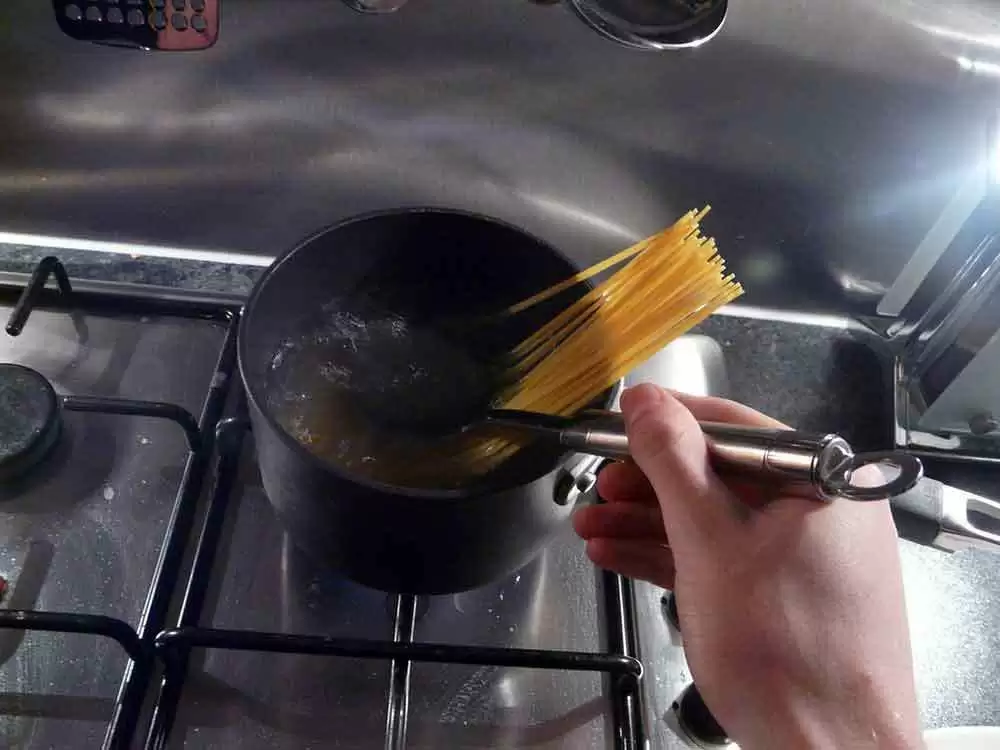Celiac.com 06/10/2024 - The European Union's ban on certain single-use plastics in July 2021 has led to an increase in the use of biobased and biodegradable polymers for food contact materials (FCM). These materials, often made from renewable resources, include proteins from wheat and rye, which contain gluten, a known allergen and trigger for celiac disease. Currently, there is no legislation requiring allergen labeling on FCM, raising concerns about the potential for gluten migration into gluten-free foods and subsequent health risks for individuals with celiac disease or wheat allergies.
Study Objective
The study aimed to determine the extent of possible gluten migration between six different FCM into various liquid and solid foods to determine the overall risk of exposure for those with wheat allergy and/or celiac disease. The research focused on understanding how material properties, food types, and contact time influence gluten migration, with the ultimate goal of raising awareness and informing future legislation.
Materials and Methods - Food Contact Materials and Food Samples
Celiac.com Sponsor (A12):
Six types of biodegradable FCM were tested, including plates, forks, knives, straws, and a wafer cup. These materials were chosen based on their common availability in Germany. The study utilized various food simulants, including deionized water, acetic acid, ethanol, and olive oil, along with real-life beverages like coffee, Coca-Cola, pineapple juice, and sparkling water. Solid foods tested included gluten-free bread, fish sticks, ravioli, lasagna, and pizza base.
Gluten Migration Testing
Gluten migration was tested by exposing the FCM to the food simulants and real foods under conditions mimicking normal usage. Contact times varied depending on the material's stability, ranging from 10 to 60 minutes. Gluten concentration was measured using ELISA tests, specifically the RIDASCREEN Gliadin test kits, with a detection limit of 5 mg/kg.
Results and Discussion - Gluten Content in FCM
The study found significant amounts of gluten in the tested FCM, with levels ranging from 12.8 g/kg in some straws to 91.4 g/kg in wheat bran-based plates. These findings align with earlier studies from Spanish and Dutch researchers.
Cutlery
No detectable gluten migration was observed from the forks and knives into either the simulants or gluten-free bread, indicating that these specific cutlery items are likely safe for celiac disease patients. The lack of gluten migration is attributed to the cutlery's hardness, small contact area, and short contact times.
Straws
Gluten migration varied among the tested straws. Straws made from durum wheat semolina showed significant gluten migration into acidic and alcoholic simulants but not into water, coffee, Coca-Cola, or pineapple juice. In contrast, a straw made from rye stalks showed no detectable gluten migration, suggesting that stalk-based straws are safer alternatives for those with gluten sensitivities.
Plates
Wheat bran-based plates exhibited the highest potential for gluten migration, with substantial gluten levels detected in water, acetic acid, and ethanol, but not in oil. Solid foods placed on these plates also showed gluten contamination, especially with extended contact times. This variability underscores the inhomogeneous nature of the plates and their inconsistent stability.
Wafer Cups
Gluten migration from wafer cups into liquids was detected, particularly in deionized water, acetic acid, and ethanol. The study also noted the presence of partially hydrolyzed gluten, which can escape detection in some tests but was confirmed using a competitive ELISA. These findings suggest that wafer cups made from oat bran and wheat flour can pose risks to celiac patients, despite not being labeled as containing allergens.
Conclusion
This study demonstrates that gluten can migrate from certain biobased FCM into foods and liquids, posing a significant risk to individuals with celiac disease and wheat allergies. The extent of migration depends on the FCM's material properties, the type of food or liquid, and contact duration. The lack of mandatory allergen labeling on these materials creates a gap in consumer protection.
Implications for Celiac Disease Patients
For individuals with celiac disease, the study highlights the need for increased vigilance regarding the use of biodegradable FCM. Given the potential for gluten contamination, patients should avoid using unlabeled biobased FCM, especially those with visible grain components like wheat bran. The study calls for urgent regulatory changes to include allergen labeling on FCM, ensuring that consumers can make informed choices and avoid gluten exposure.
This research underscores the importance of comprehensive testing and clear labeling to protect the health and safety of those with celiac disease as the use of biobased and biodegradable FCM continues to grow.
Read more at: springer.com











Recommended Comments
There are no comments to display.
Create an account or sign in to comment
You need to be a member in order to leave a comment
Create an account
Sign up for a new account in our community. It's easy!
Register a new accountSign in
Already have an account? Sign in here.
Sign In Now